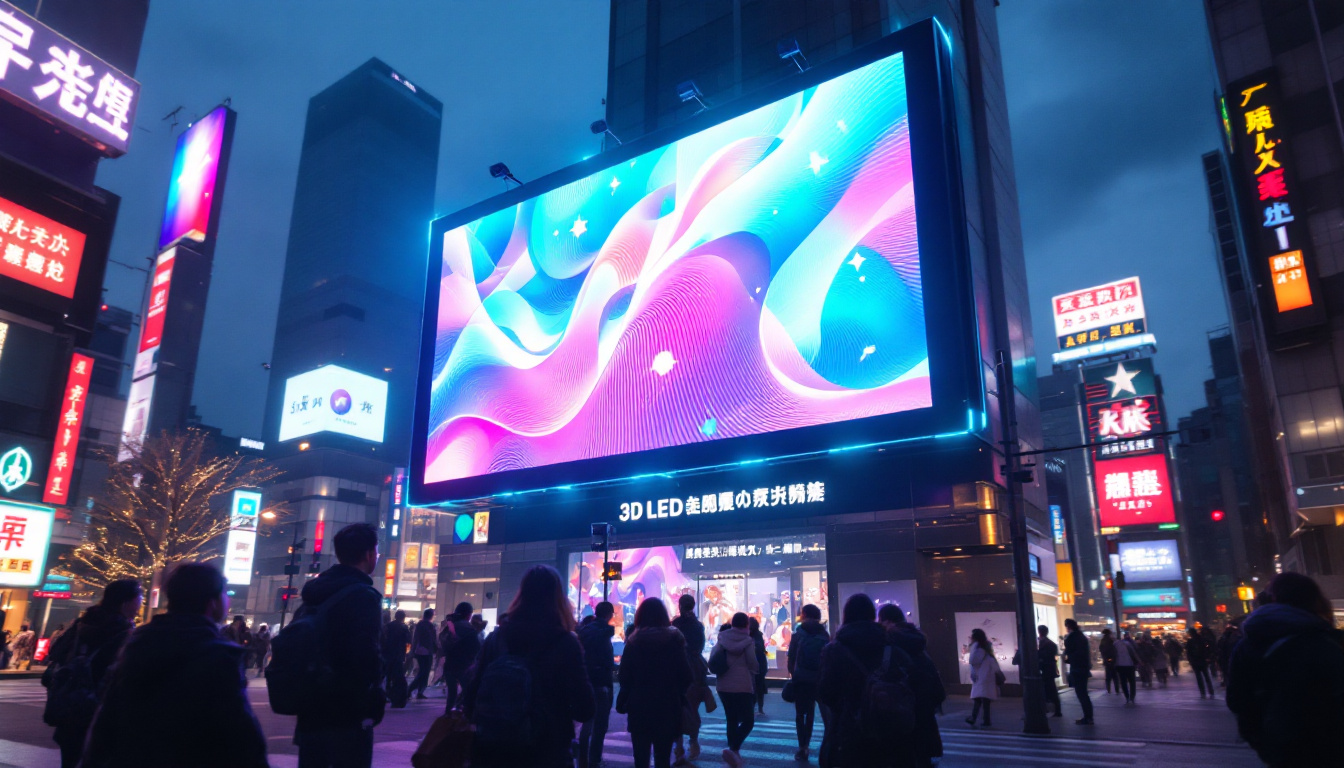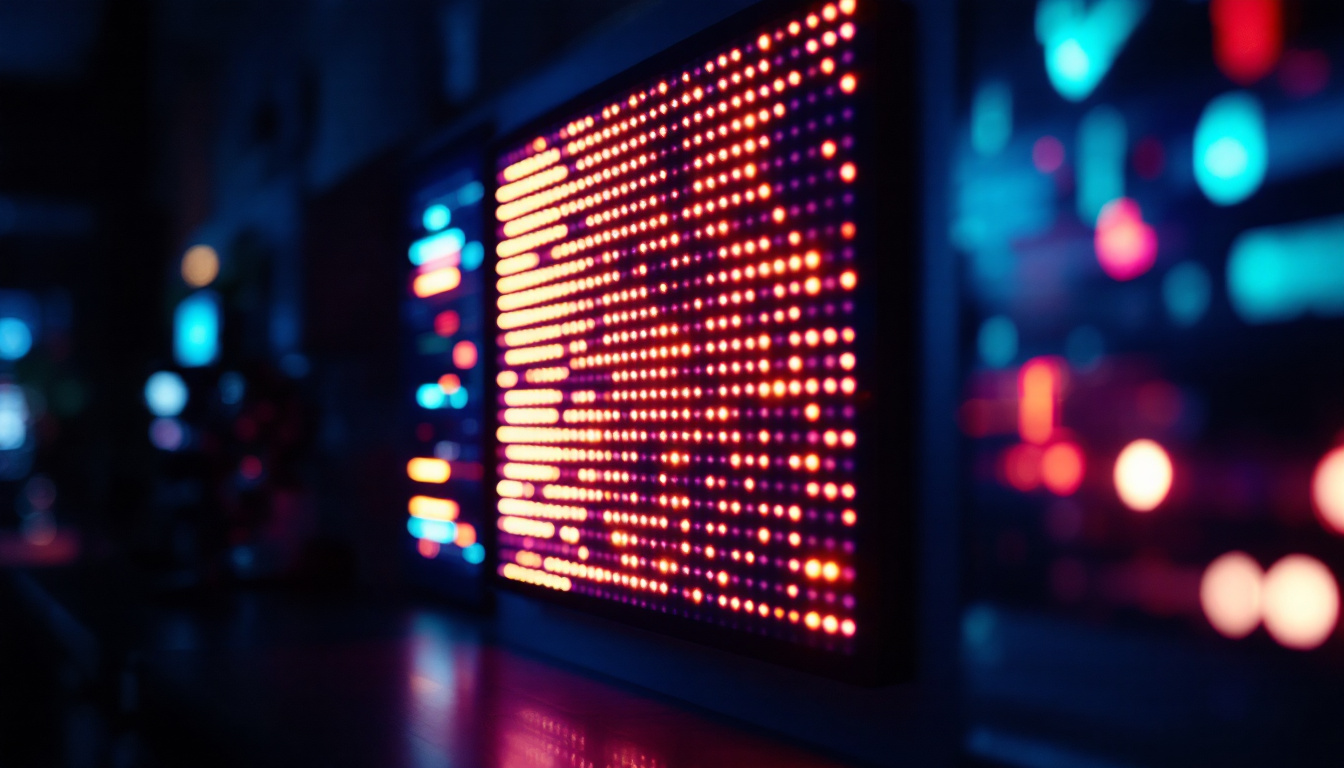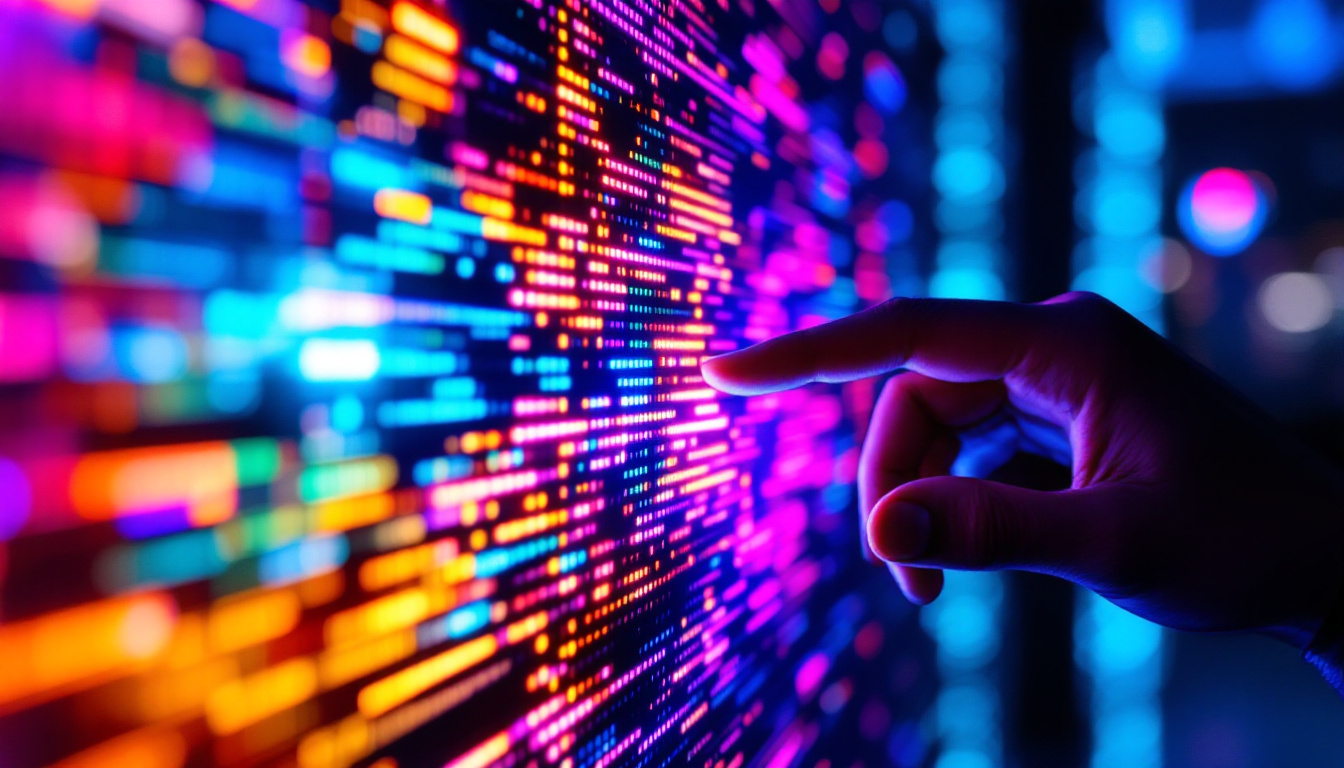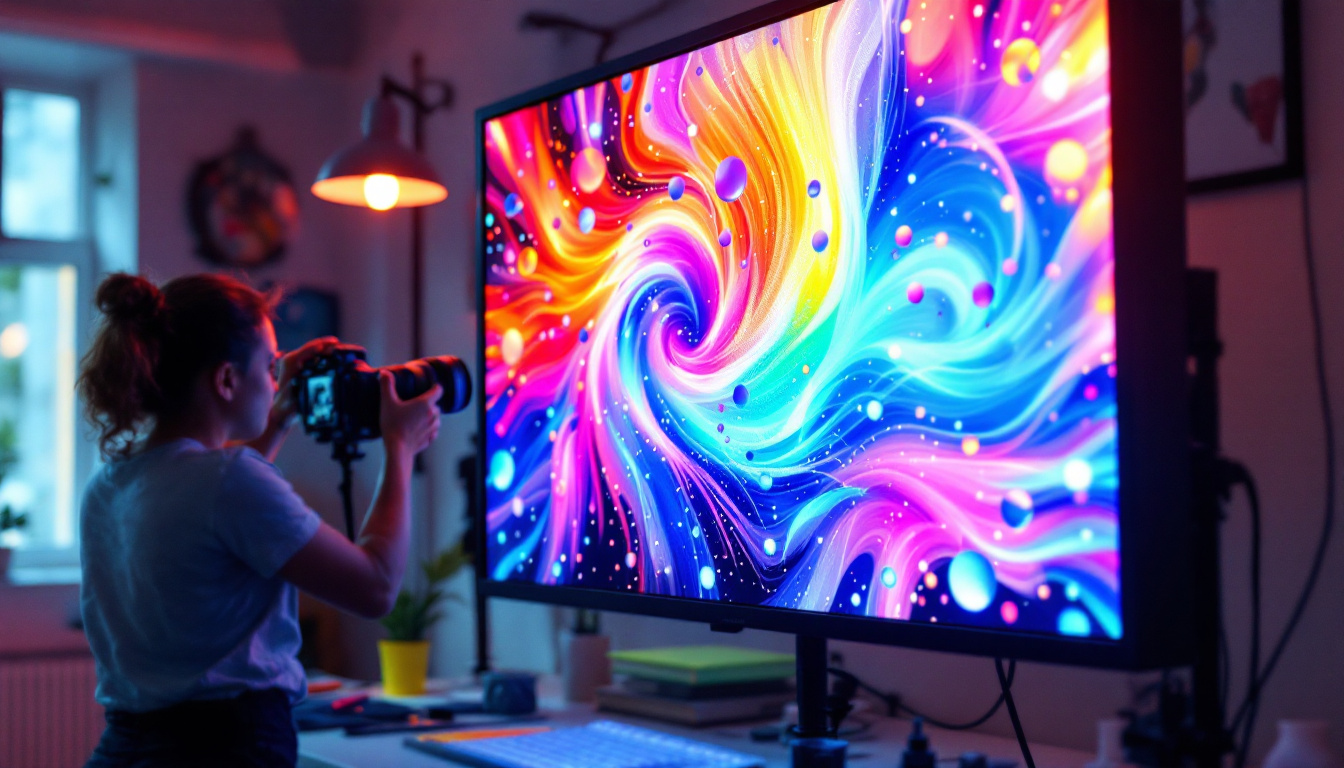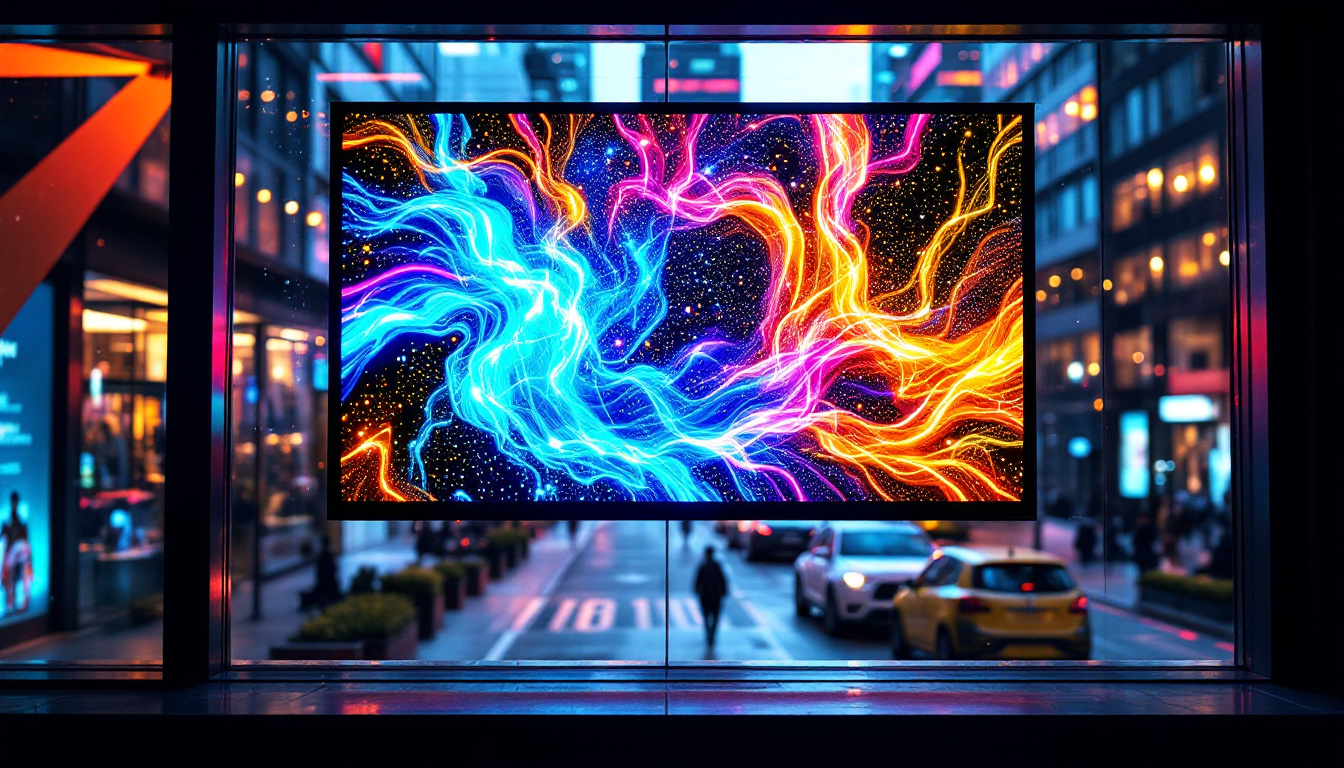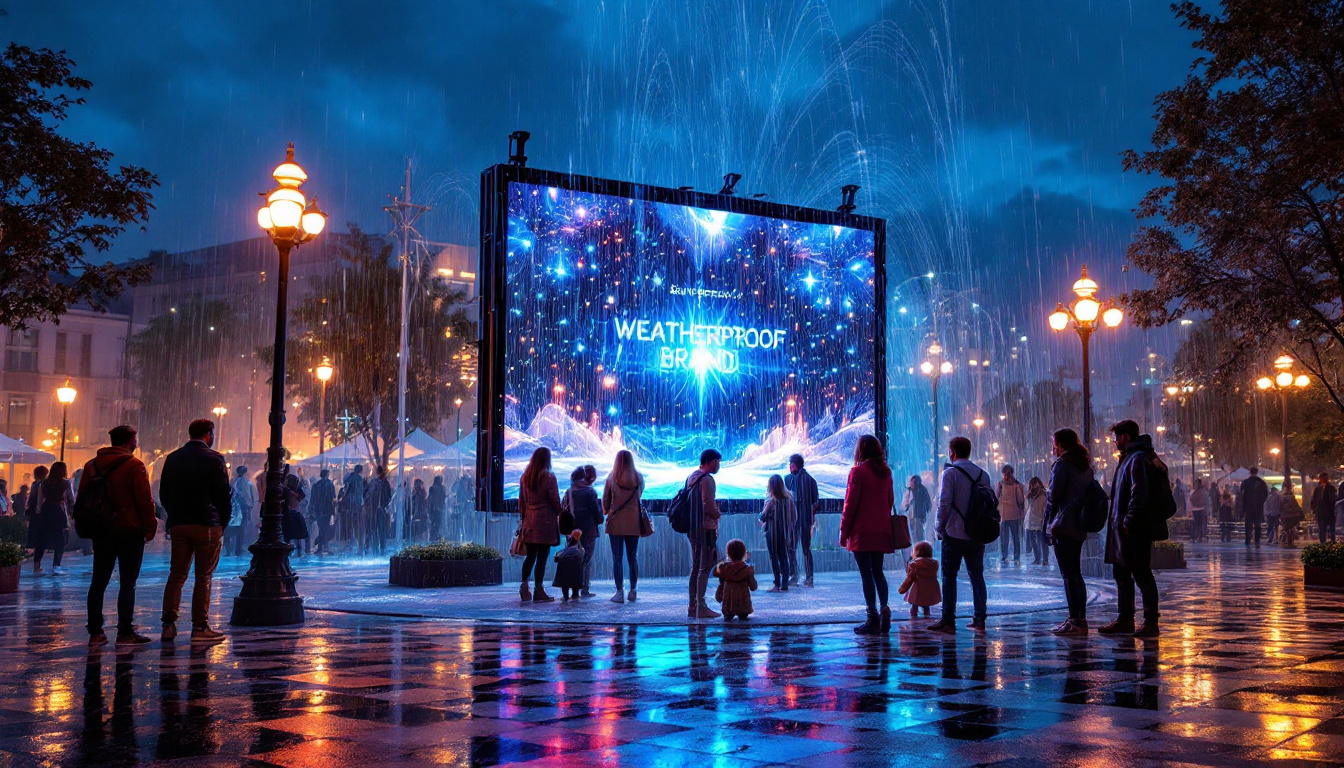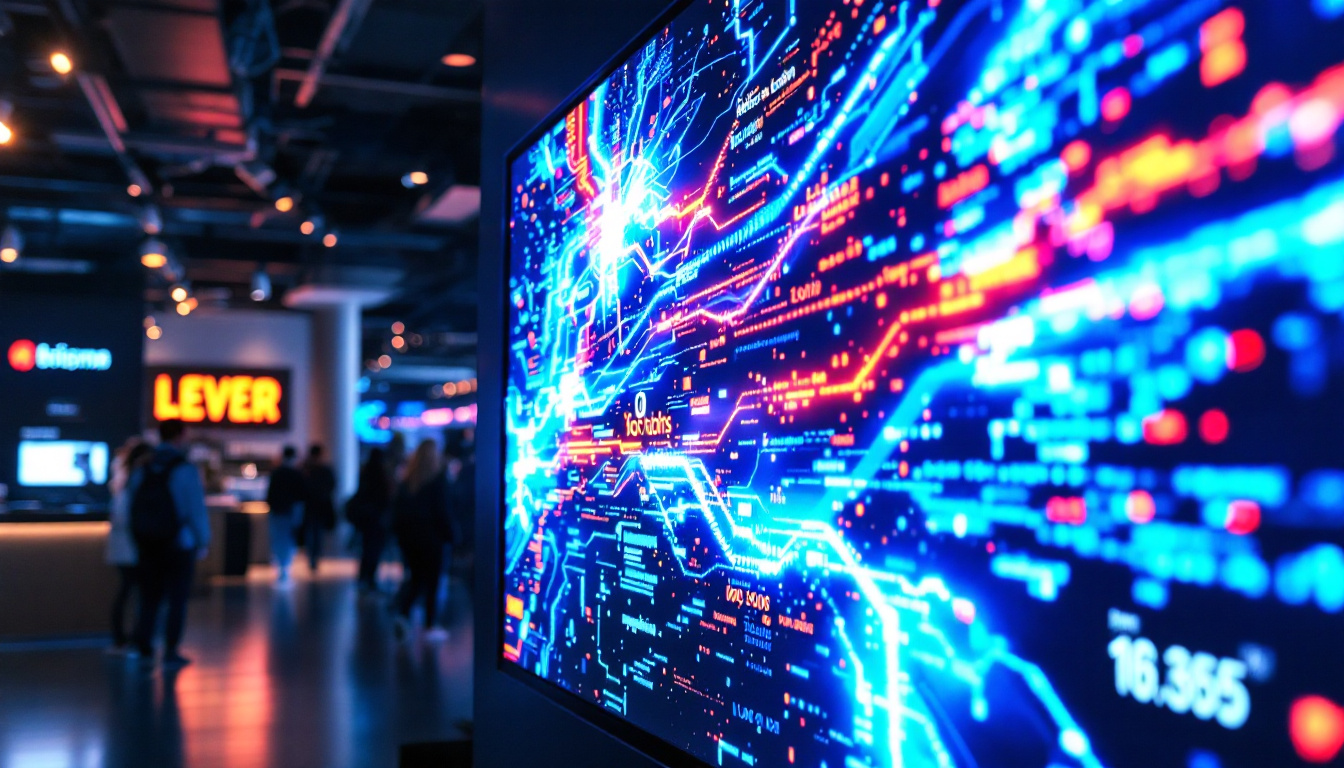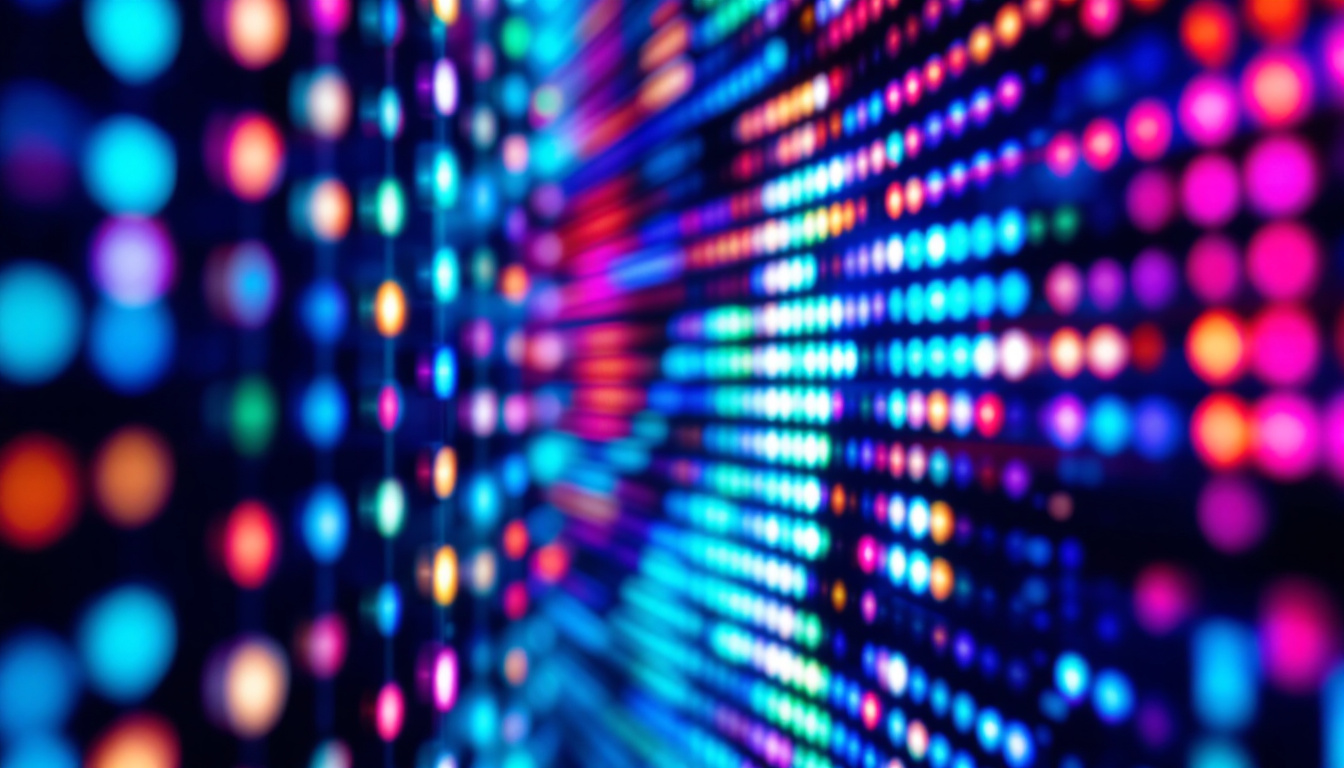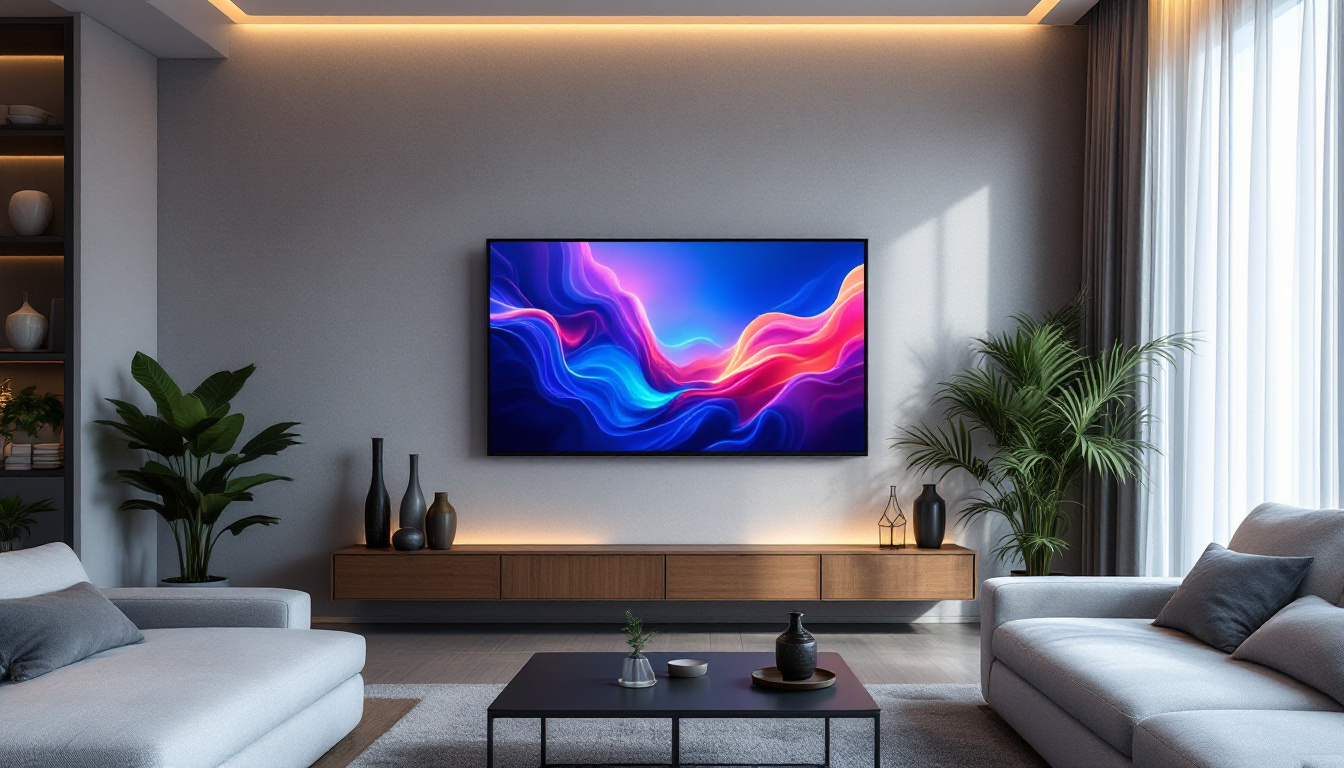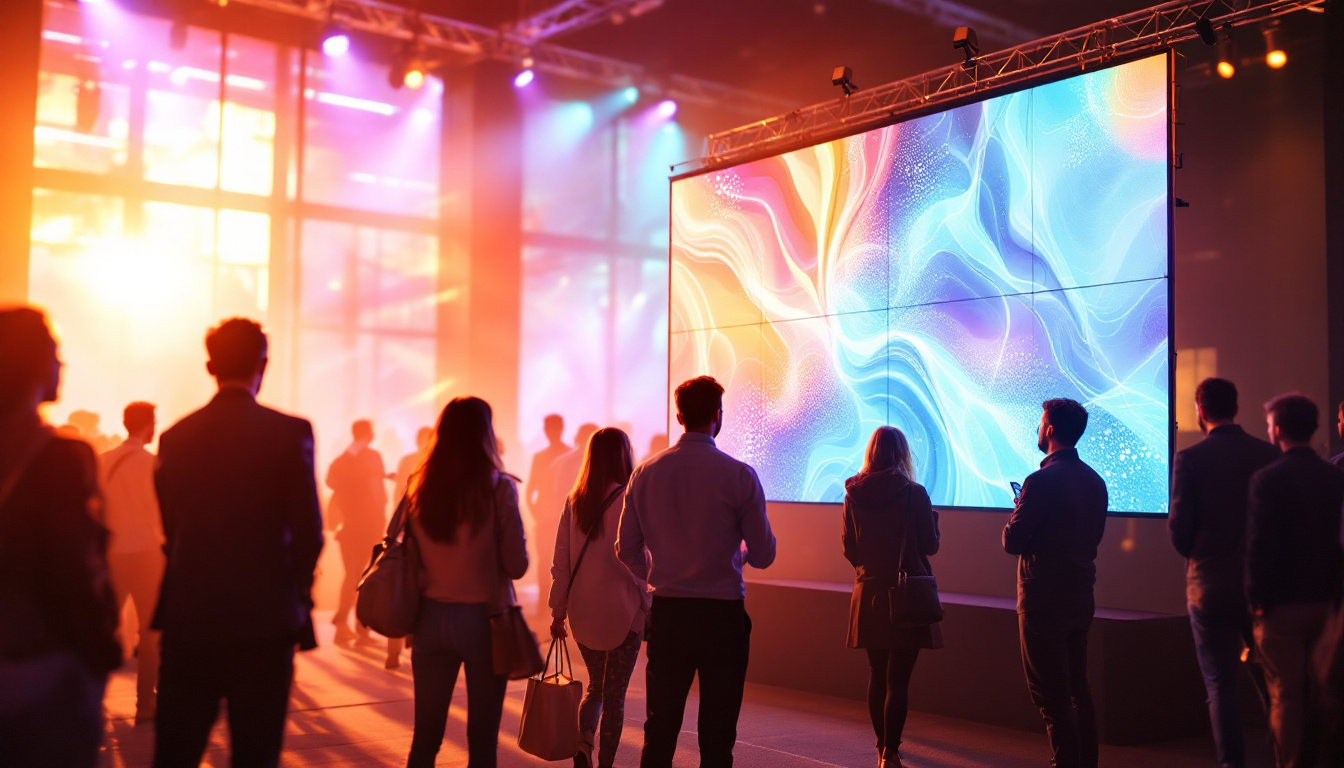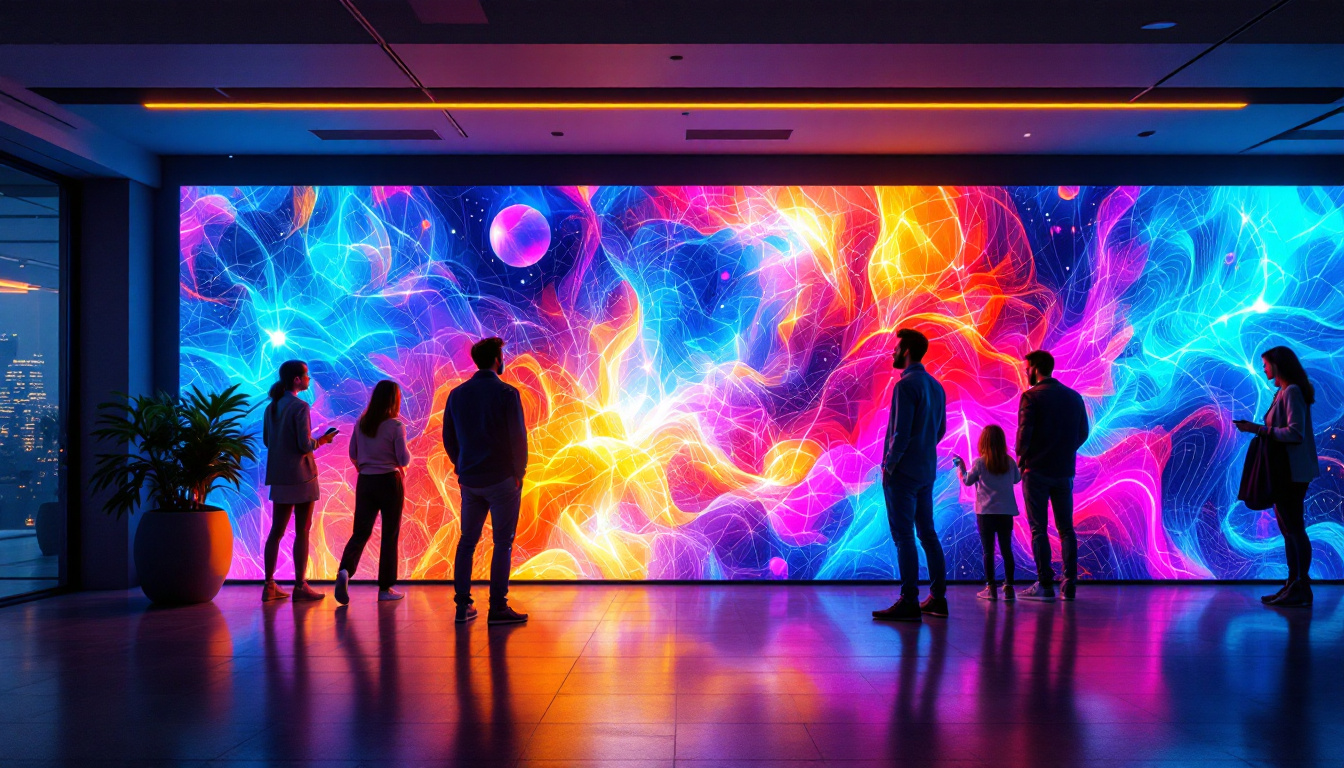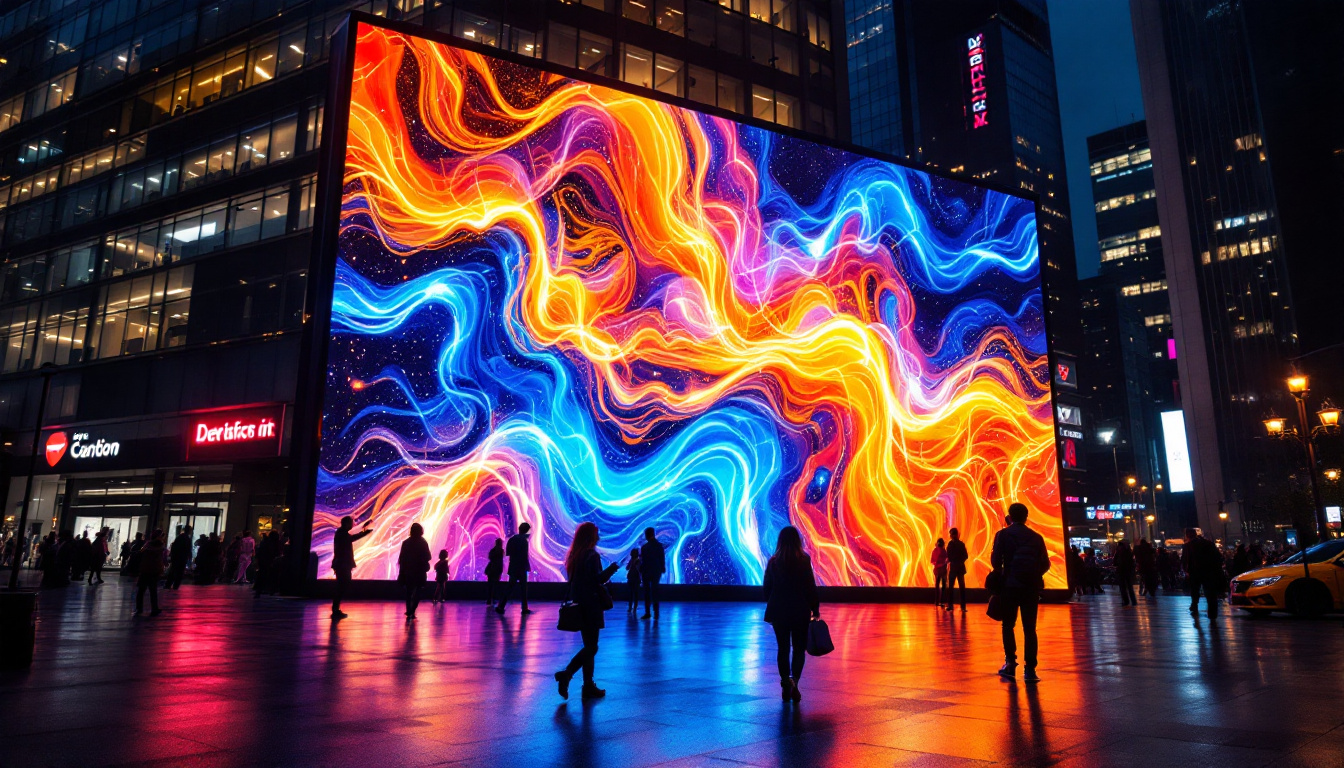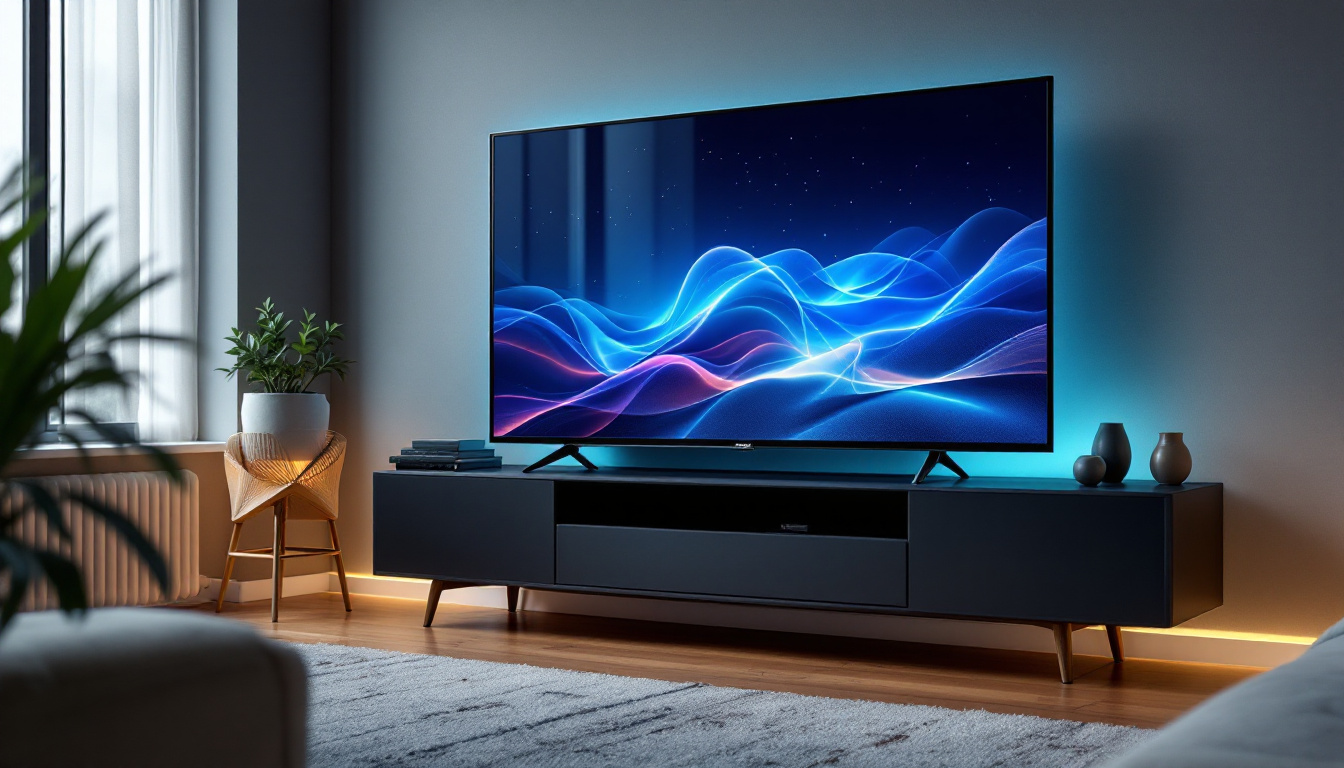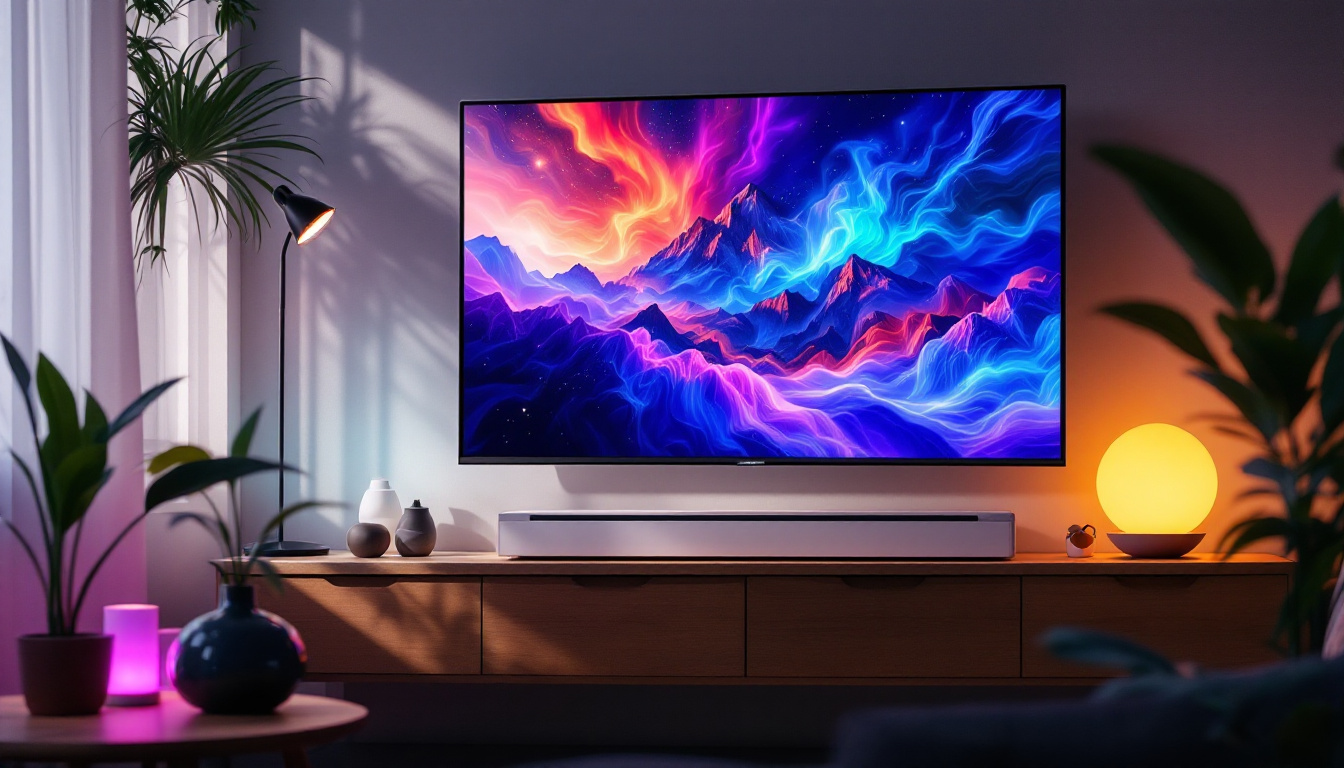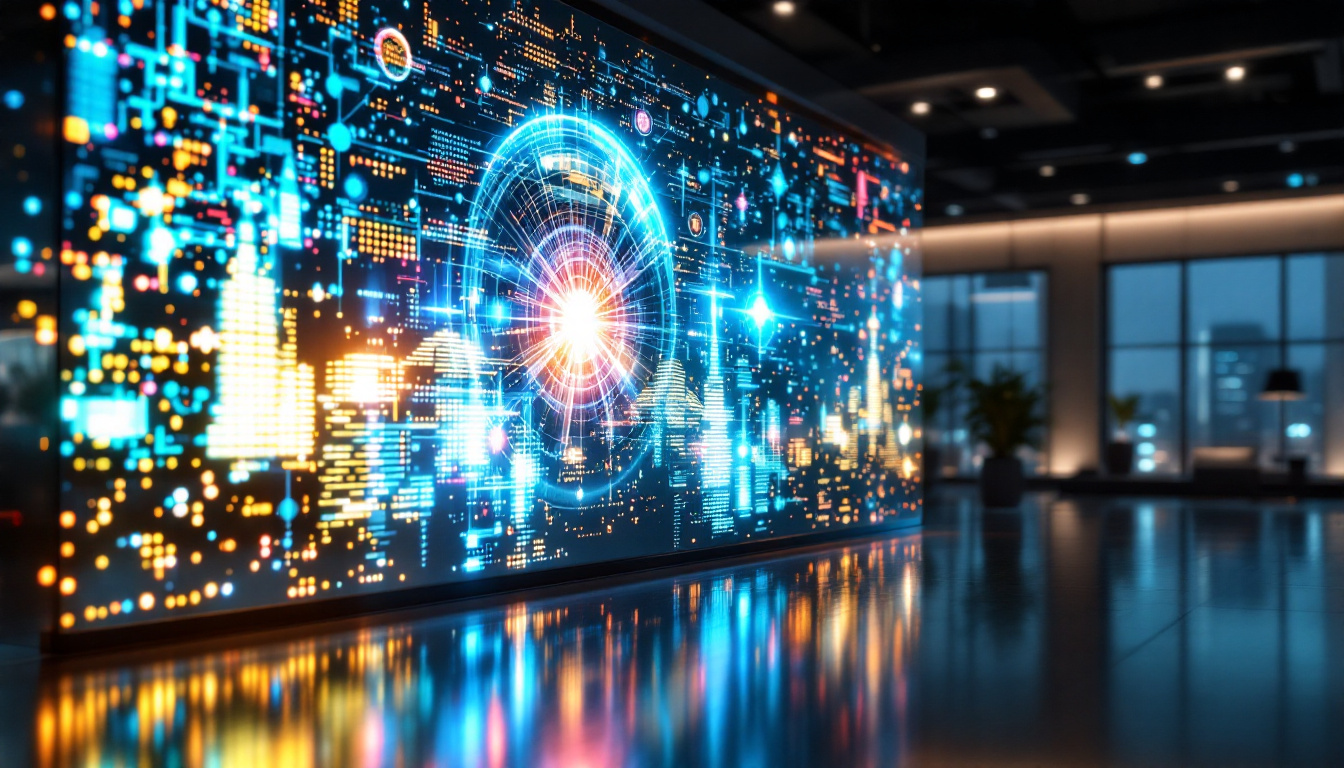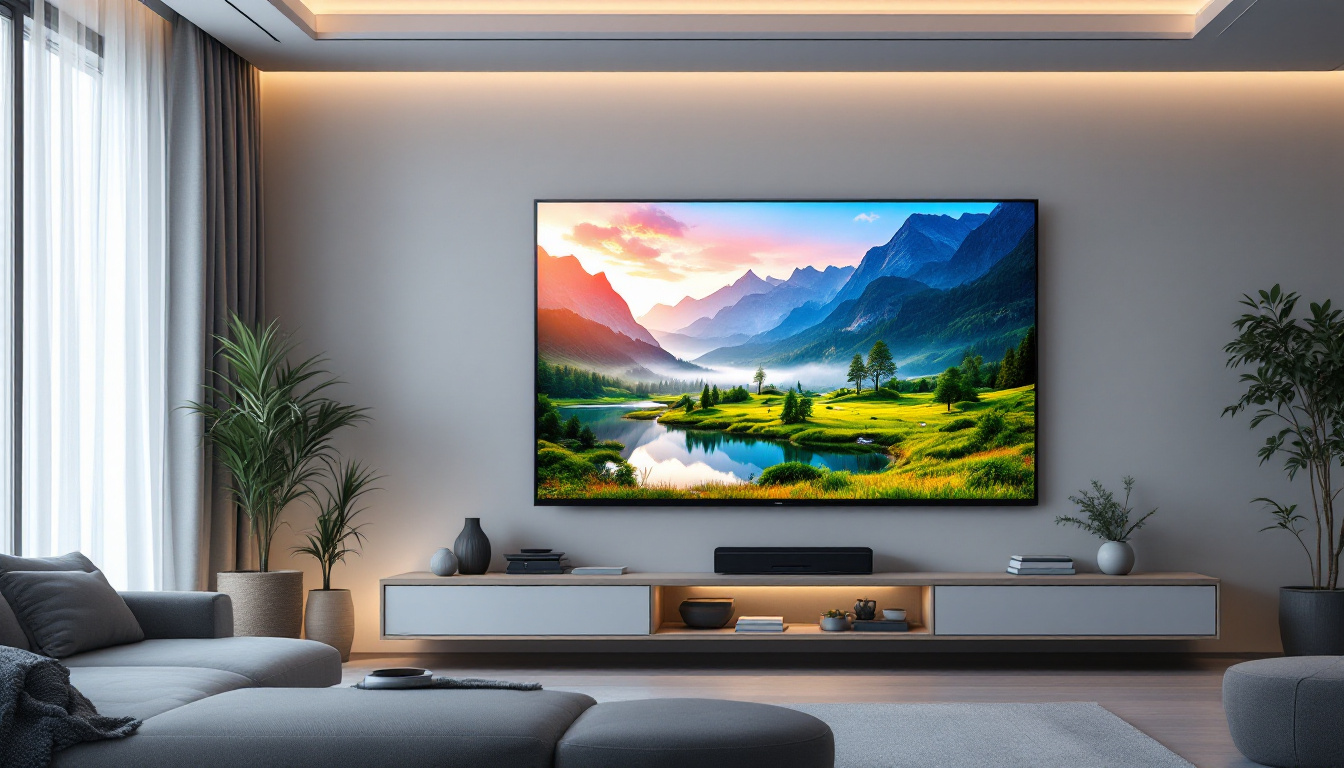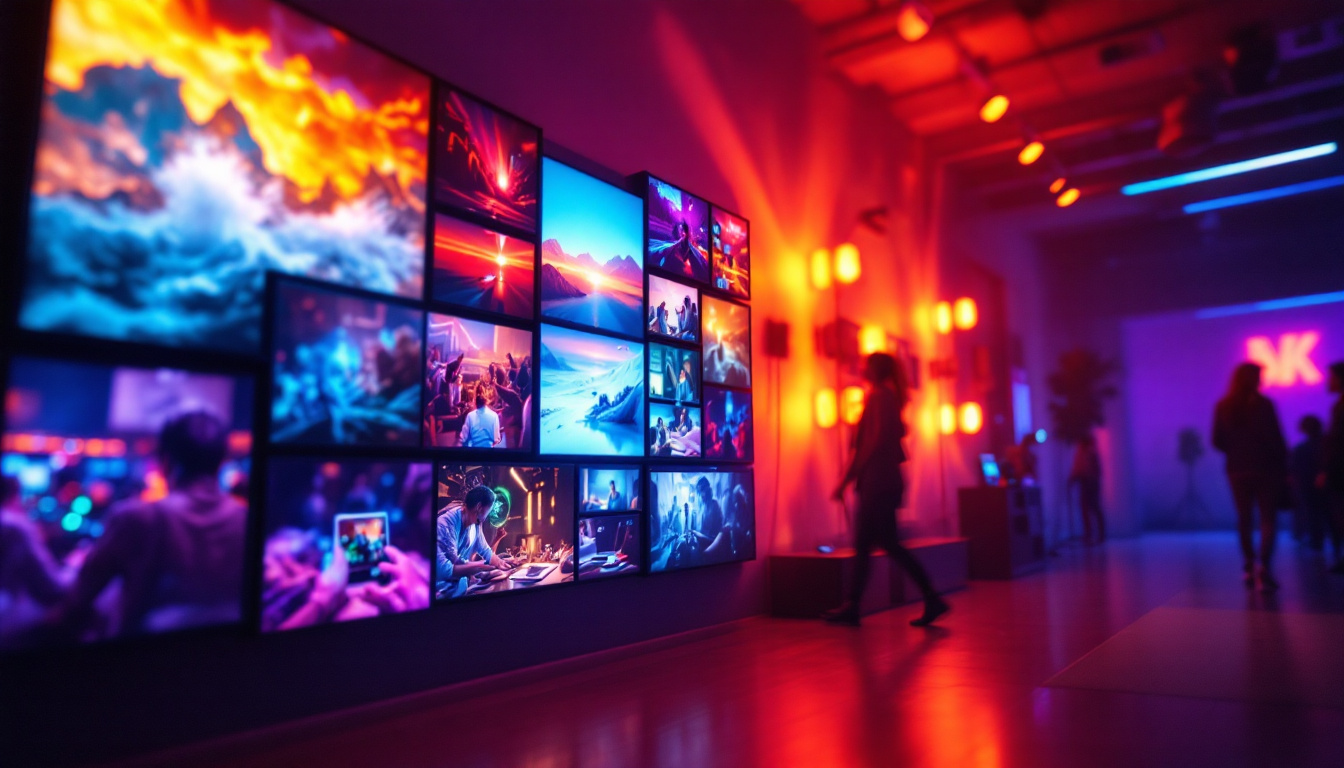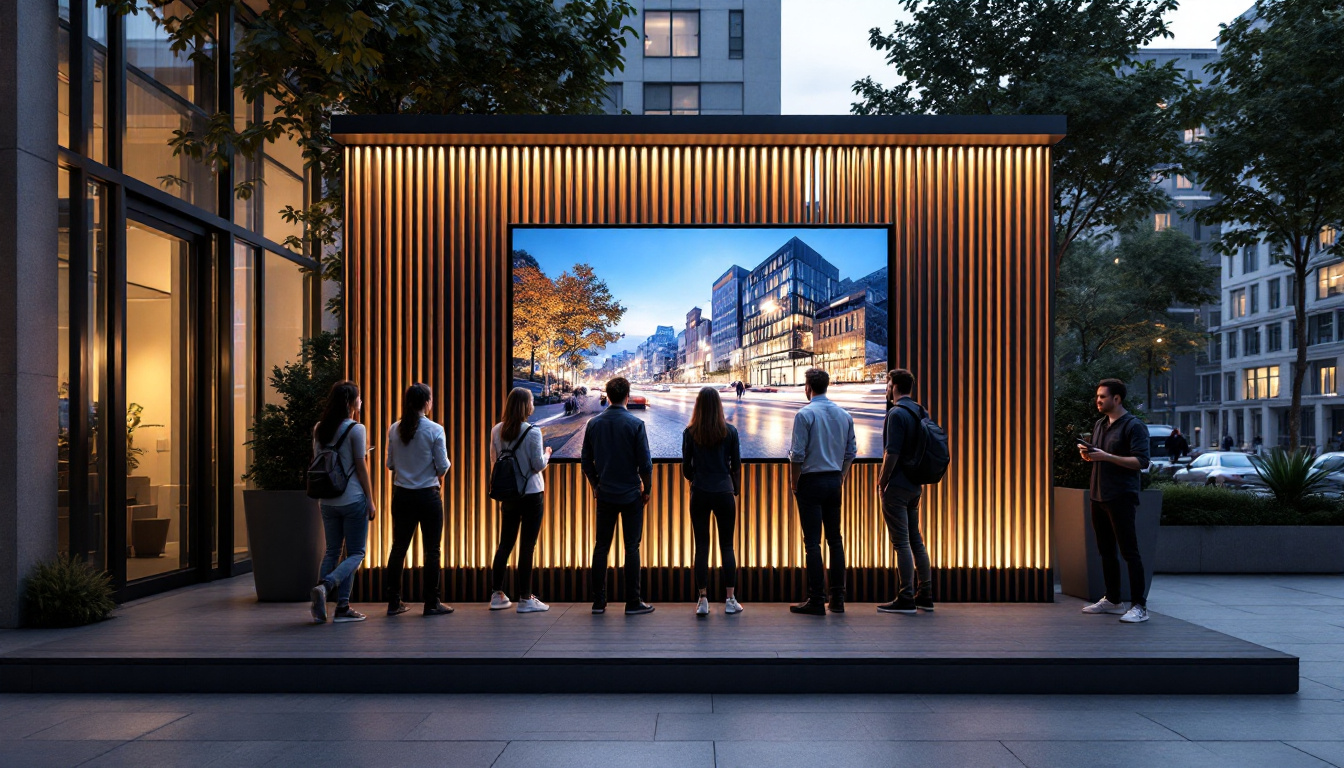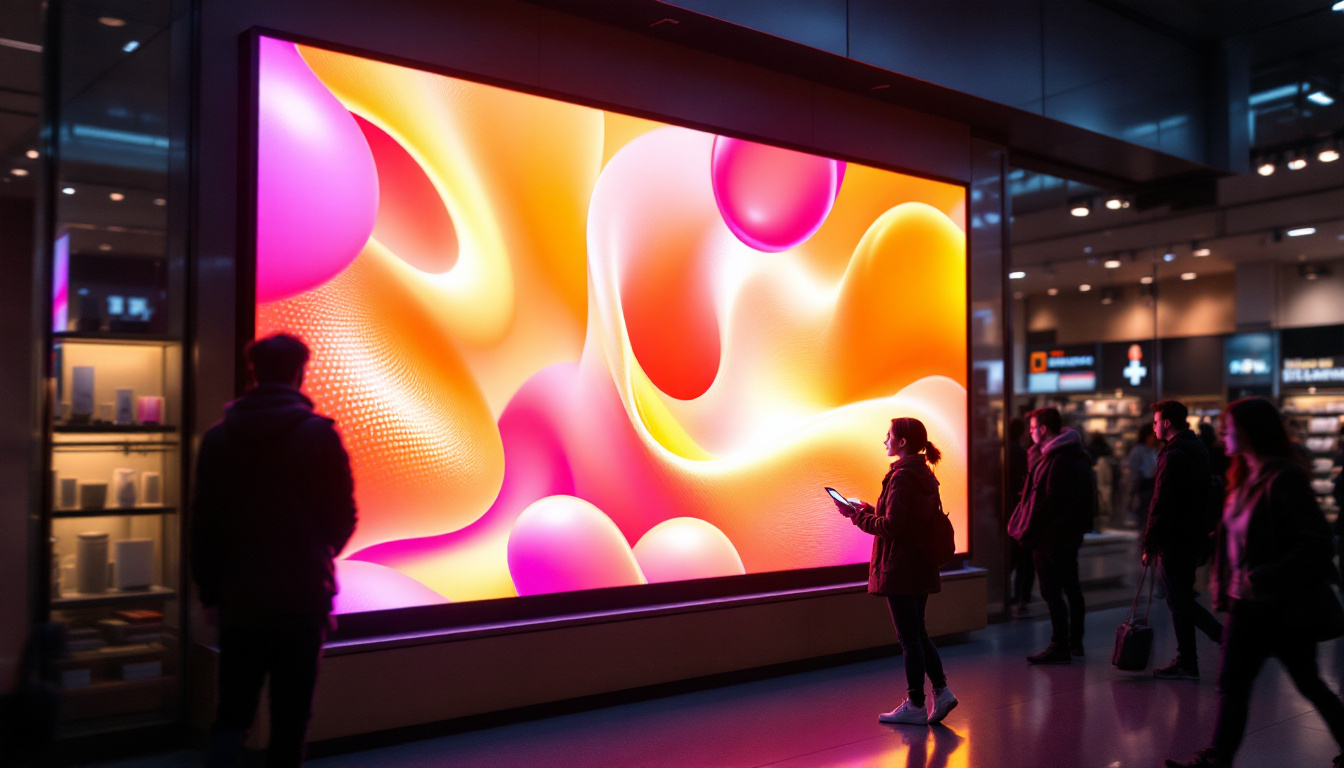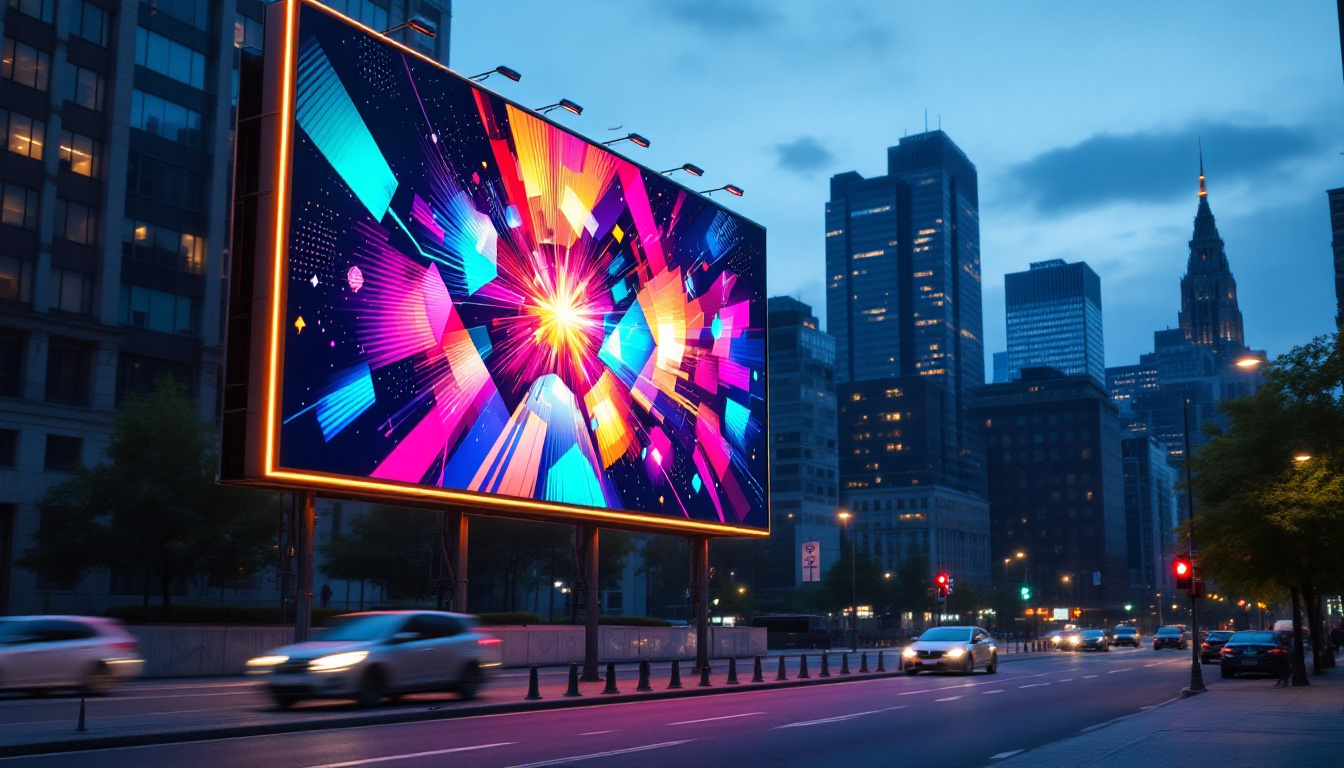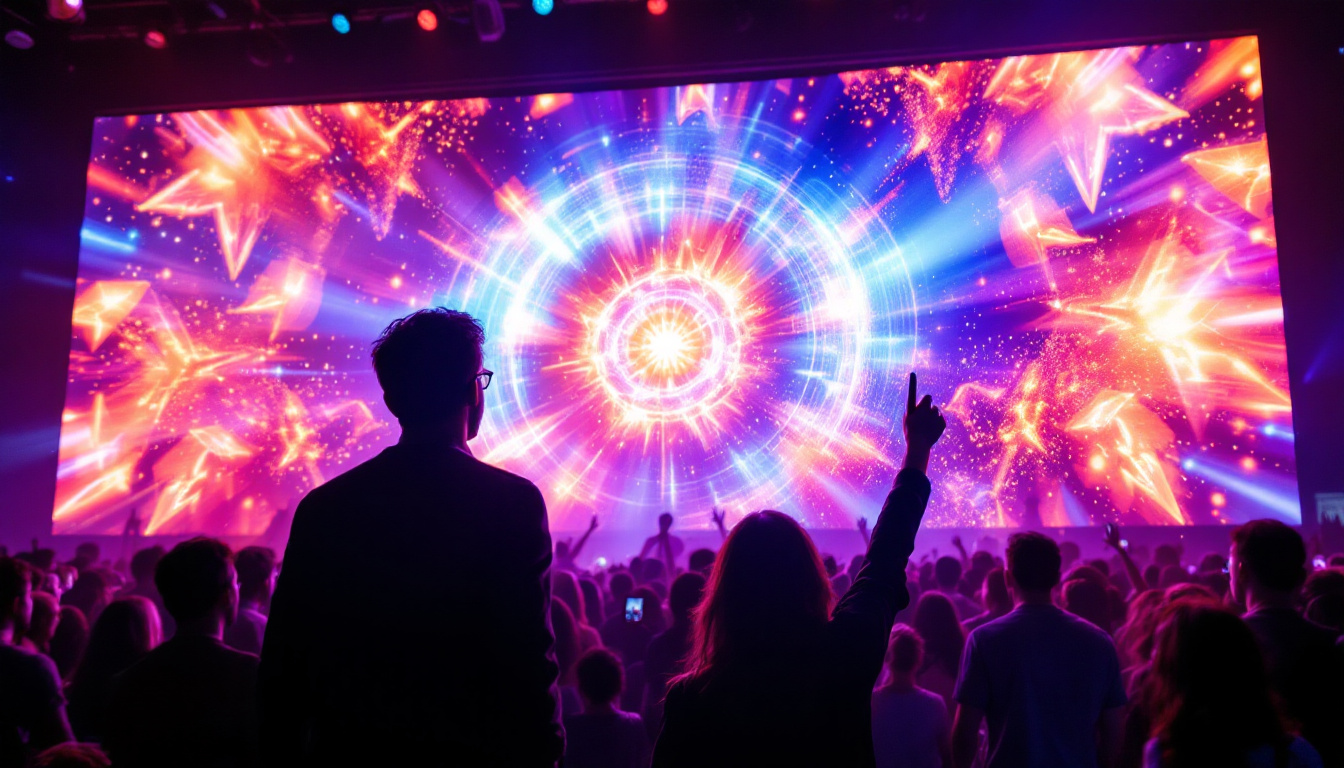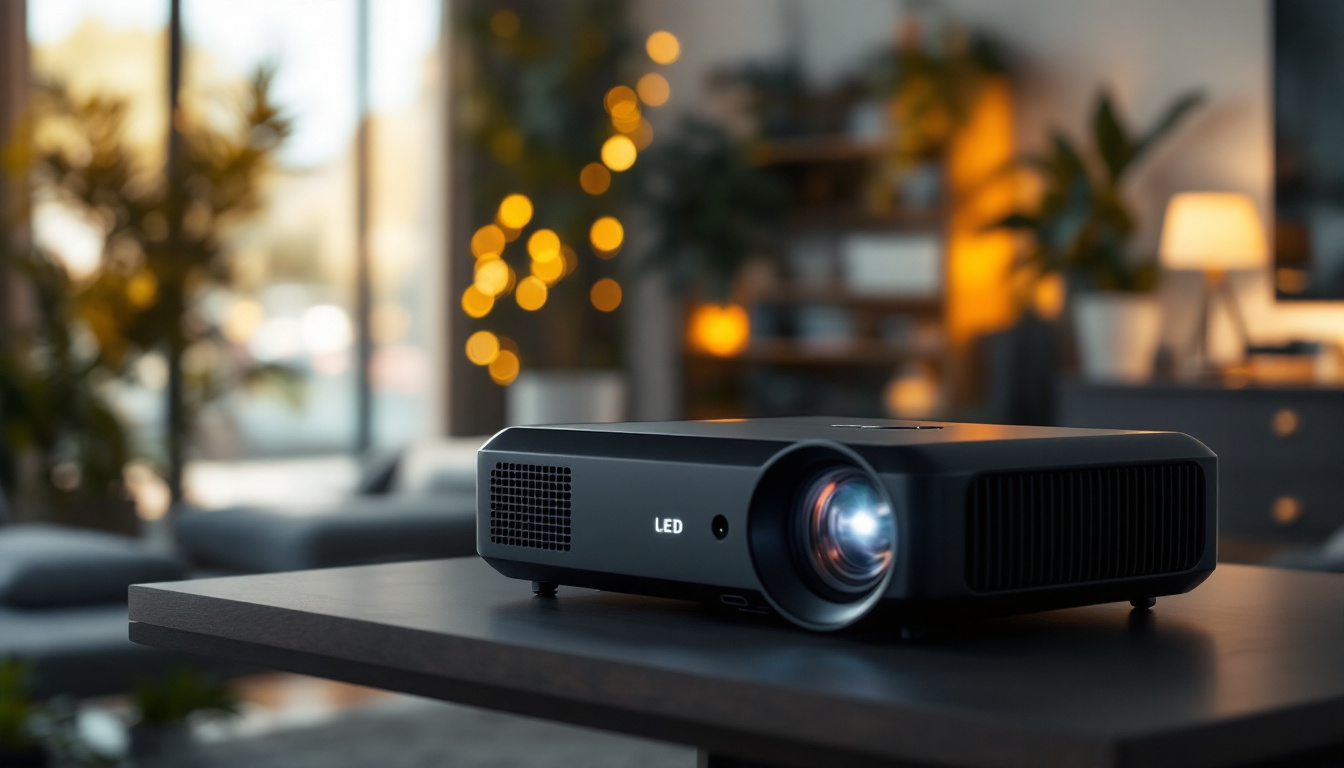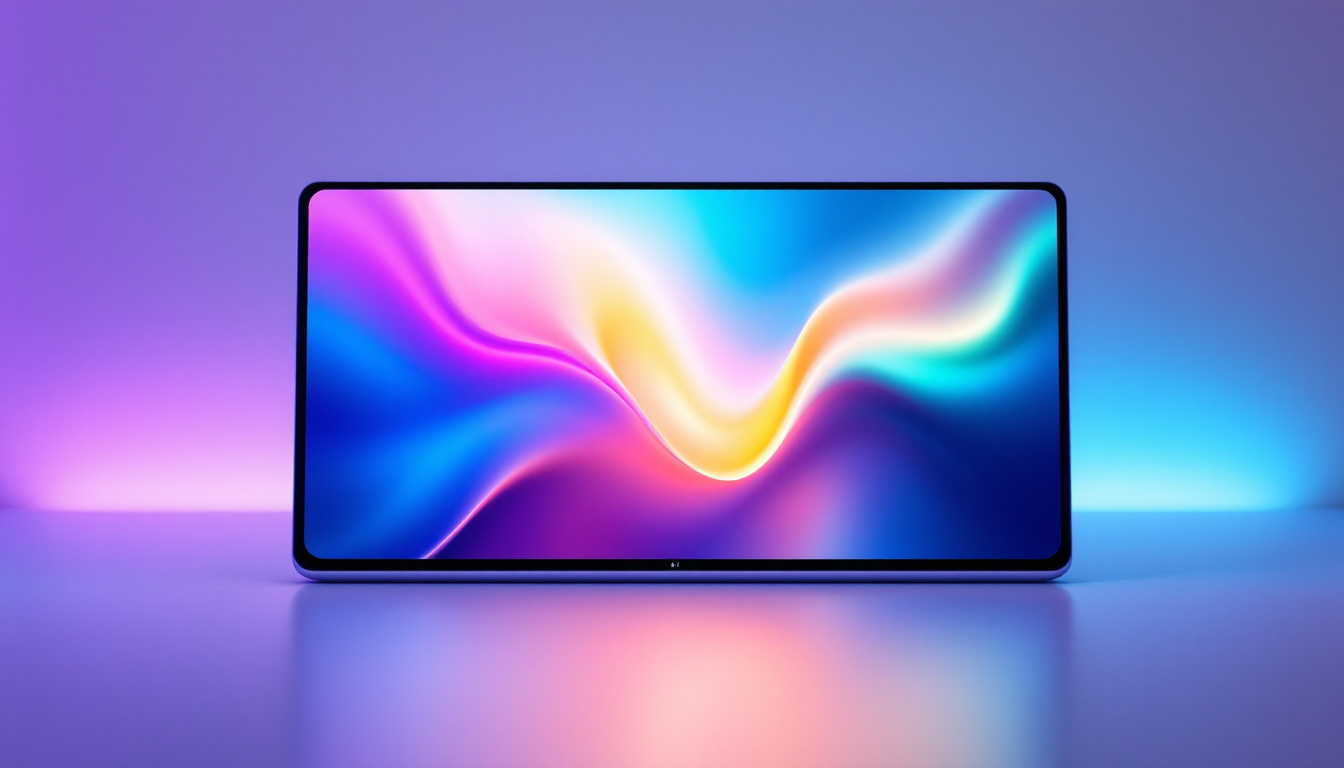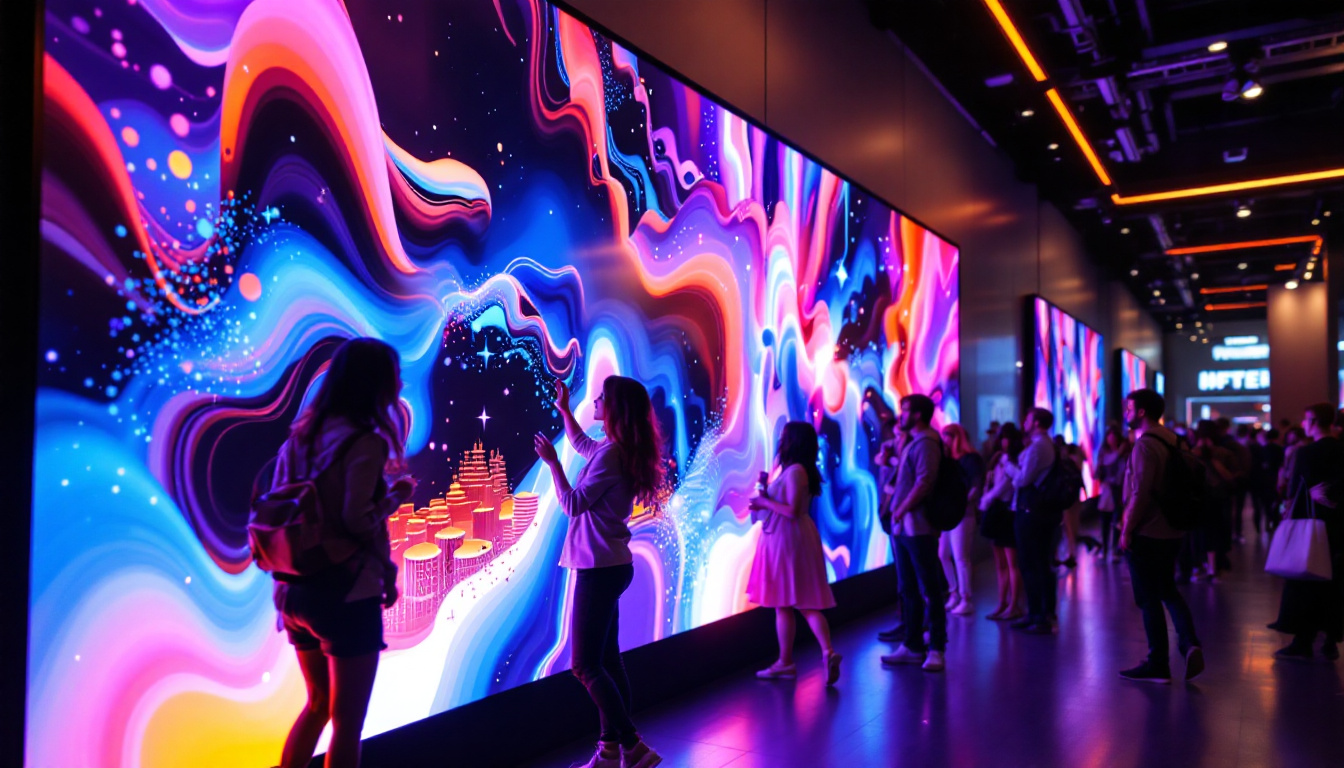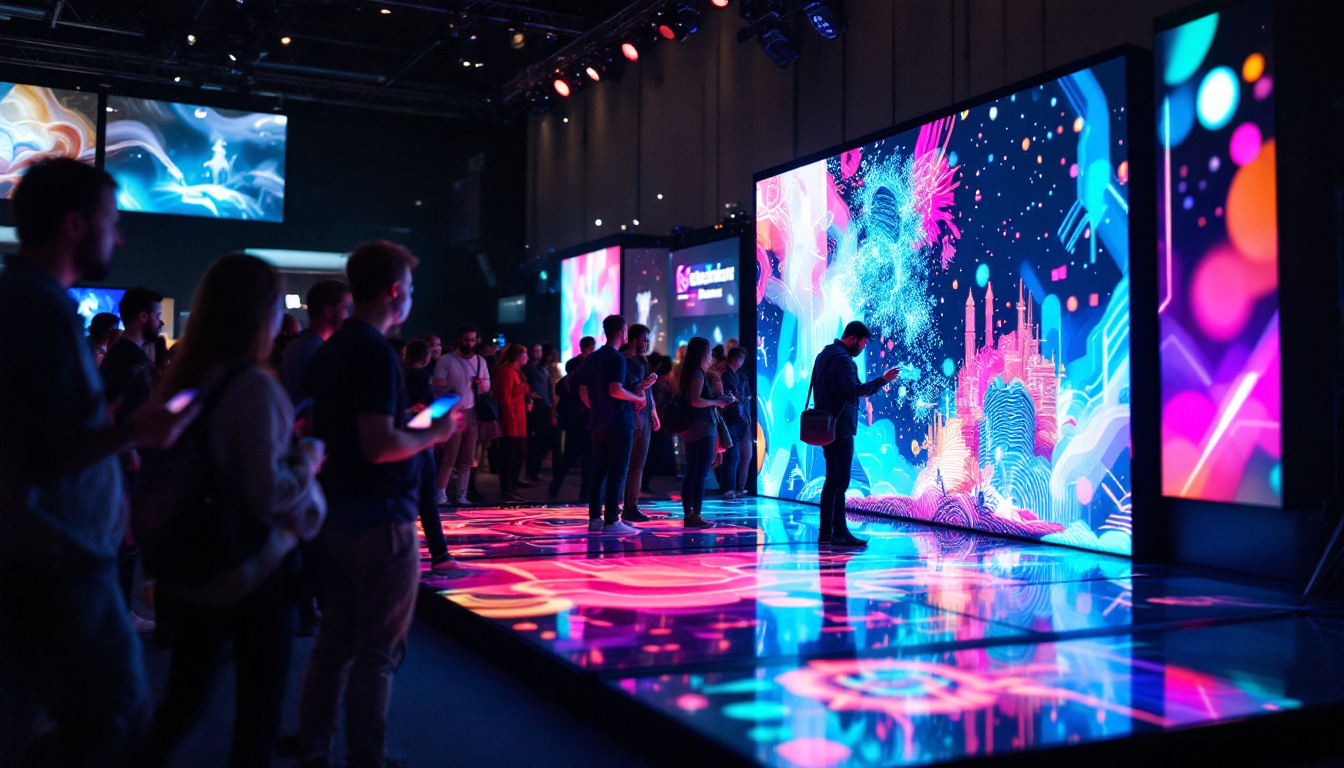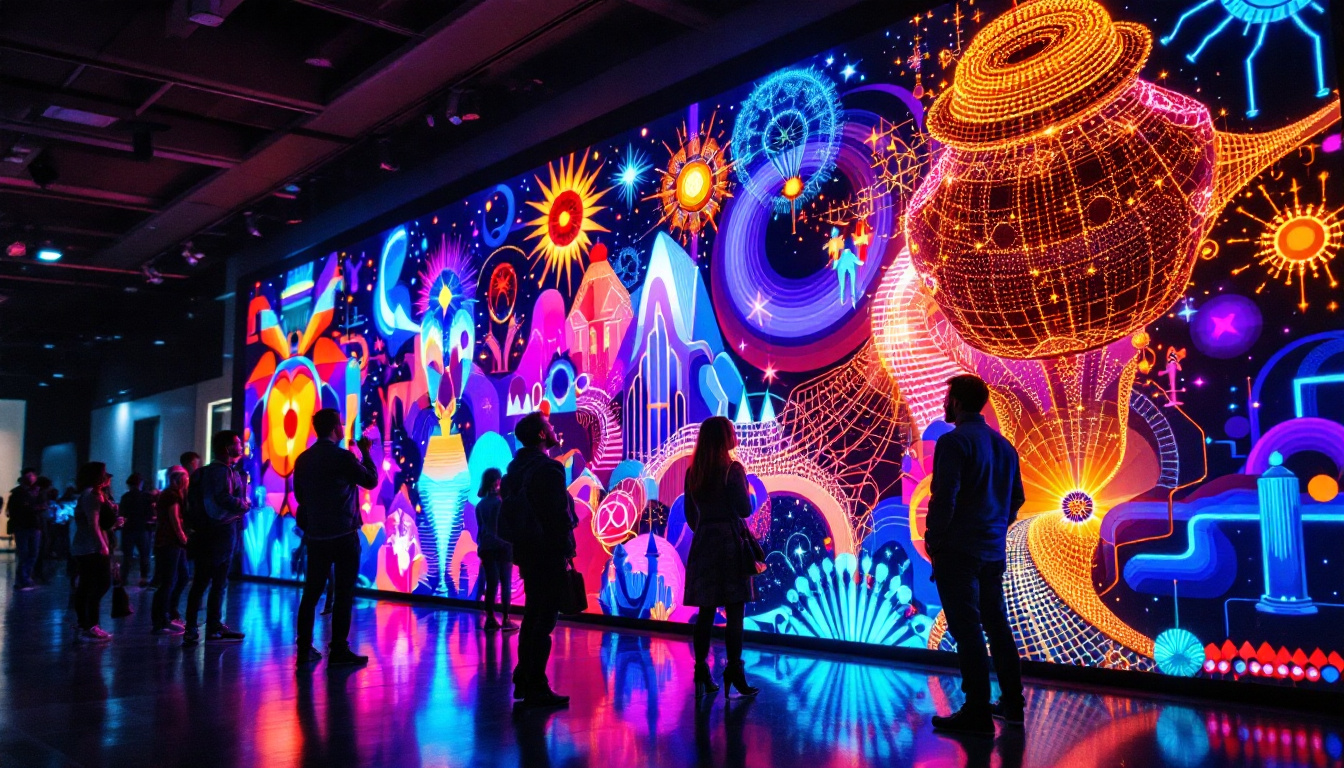In the bustling urban landscapes of Japan, the vibrant glow of 3D billboards captivates the attention of passersby. These dynamic displays are not just advertisements; they are a fusion of art and technology that transforms the way brands communicate with their audience. This article delves into the intricacies of 3D billboards in Japan, exploring their technology, impact, and future potential.
The Evolution of Advertising in Japan
Japan has long been at the forefront of technological advancements, and its advertising industry is no exception. The evolution from traditional billboards to modern 3D displays reflects broader trends in consumer engagement and technological innovation.
From Static to Dynamic
Historically, billboards were static, relying on printed images and text to convey messages. However, as technology progressed, the introduction of digital displays brought a new dimension to advertising. These digital billboards allowed for changing content, enabling brands to update their messages in real-time and engage consumers more effectively.
The transition to 3D billboards represents the next step in this evolution. By incorporating depth and motion, these displays create an immersive experience that captures attention in ways traditional advertising cannot. This shift has not only transformed the visual landscape of cities but has also influenced consumer behavior, leading to increased brand recall and interaction. As consumers become accustomed to these dynamic displays, their expectations for advertising continue to rise, pushing brands to innovate further.
The Role of LED Technology
LED (Light Emitting Diode) technology is at the heart of 3D billboards. LEDs are energy-efficient, long-lasting, and capable of producing bright, vivid colors. This technology allows for high-resolution images and videos that can be viewed from various angles, enhancing the three-dimensional effect.
Moreover, advancements in LED technology have made it possible to create larger displays without compromising quality. This capability is particularly beneficial in urban environments, where space is limited, and visibility is paramount. The integration of sensors and interactive elements into LED displays has further revolutionized advertising, allowing for tailored messages based on audience demographics or even real-time weather conditions. Such innovations not only enhance the consumer experience but also provide brands with valuable data on viewer engagement, enabling them to refine their strategies and maximize impact.
The Mechanics of 3D Billboards
The creation of 3D billboards involves a combination of hardware and software that work together to produce stunning visual effects. Understanding these components provides insight into how these displays operate and what makes them so captivating.
Hardware Components
The hardware of a 3D billboard typically includes LED panels, a control system, and a power supply. The LED panels are arranged in a way that allows for the illusion of depth. This arrangement is crucial for creating the 3D effect that draws viewers in.
Additionally, high-quality graphics processing units (GPUs) are essential for rendering the complex animations and images that make 3D billboards so engaging. These GPUs ensure that the content is displayed smoothly and without lag, which is vital for maintaining viewer interest. Furthermore, advanced sensors may be incorporated to detect viewer proximity, allowing the billboard to adjust its display based on the audience’s position, enhancing the immersive experience.
Software and Content Creation
Software plays a critical role in the creation and management of content for 3D billboards. Specialized programs allow designers to create intricate animations and graphics that utilize the full capabilities of the LED technology.
Content must be tailored specifically for 3D displays, taking into account factors such as perspective and viewer distance. This customization ensures that the visual experience is optimized, making the advertisements not only eye-catching but also effective in conveying their messages. In addition to traditional animation software, some designers are now using augmented reality (AR) tools to create interactive experiences that engage viewers on a deeper level. By integrating AR, billboards can invite passersby to interact with the content, turning a passive viewing experience into an active one, which can significantly enhance brand recall and consumer engagement.
The Impact of 3D Billboards on Advertising
The introduction of 3D billboards has significantly altered the advertising landscape in Japan. Brands are leveraging this technology to create memorable experiences that resonate with consumers on a deeper level.
Enhancing Brand Visibility
In a crowded marketplace, standing out is crucial. 3D billboards provide a unique opportunity for brands to capture attention and increase visibility. The striking visuals and dynamic content draw in viewers, making it more likely that they will remember the brand and its message.
Furthermore, the novelty of 3D displays can create a buzz, leading to organic sharing on social media platforms. This word-of-mouth promotion can amplify a brand’s reach beyond the physical location of the billboard. As people capture and share their experiences with these eye-catching installations, brands can benefit from a ripple effect that extends their marketing efforts without additional costs. This phenomenon is particularly potent in urban areas where foot traffic is high, allowing brands to engage with a diverse audience.
Engaging Consumers Emotionally
Effective advertising goes beyond mere visibility; it aims to create an emotional connection with the audience. 3D billboards excel in this regard by offering immersive experiences that evoke feelings and provoke thoughts.
For instance, a 3D advertisement that tells a story or showcases a product in an engaging way can leave a lasting impression on viewers. This emotional engagement can lead to increased brand loyalty and customer retention. Moreover, the interactivity of some 3D billboards allows consumers to participate in the experience, further deepening their connection to the brand. By incorporating elements such as augmented reality or interactive features, brands can transform passive viewers into active participants, enhancing the overall impact of their advertising campaigns. This level of engagement not only fosters a sense of community among consumers but also encourages them to share their experiences, thereby creating a cycle of engagement that benefits both the brand and its audience.
Challenges and Considerations
While 3D billboards offer numerous advantages, they also come with challenges that advertisers must navigate. Understanding these challenges is essential for maximizing the effectiveness of this technology.
Cost and Maintenance
One of the primary challenges associated with 3D billboards is the cost. The initial investment for high-quality LED technology and the associated hardware can be substantial. Additionally, ongoing maintenance and updates are necessary to ensure optimal performance and longevity.
Brands must weigh the potential return on investment against these costs. However, many find that the enhanced engagement and visibility provided by 3D billboards justify the expense. Moreover, as technology advances, the cost of production and maintenance may decrease over time, making it a more viable option for a wider range of businesses. Investing in 3D billboards can also lead to increased foot traffic and higher conversion rates, as the captivating visuals draw in potential customers more effectively than traditional advertising methods.
Regulatory Considerations
In many urban areas, regulations govern the use of digital billboards, particularly concerning brightness, size, and content. Advertisers must navigate these regulations to ensure compliance while still delivering impactful messages.
Failure to adhere to local laws can result in fines or the removal of the billboard, making it essential for brands to stay informed about the legal landscape surrounding digital advertising. Additionally, some municipalities may have restrictions on the types of content that can be displayed, which can limit creative freedom. Advertisers may need to collaborate closely with legal teams to ensure that their campaigns not only captivate audiences but also respect community standards and regulations. This careful balance between creativity and compliance is crucial for the successful deployment of 3D billboard campaigns.
The Future of 3D Billboards in Japan
As technology continues to advance, the future of 3D billboards in Japan looks promising. Innovations in augmented reality (AR) and virtual reality (VR) are poised to further enhance the capabilities of these displays.
Integration with Augmented Reality
Augmented reality offers exciting possibilities for 3D billboards. By integrating AR technology, advertisers can create interactive experiences that allow consumers to engage with the content in real-time.
For example, a viewer could use their smartphone to see additional layers of information or animations overlaid on the billboard. This interactivity can deepen the connection between the consumer and the brand, making the advertisement more memorable. Furthermore, AR can facilitate gamification elements, where users can participate in challenges or contests related to the advertisement, encouraging them to share their experiences on social media platforms. This not only amplifies the reach of the campaign but also fosters a sense of community among consumers who engage with the brand.
Sustainability and Eco-Friendly Practices
As environmental concerns grow, there is an increasing emphasis on sustainability in advertising. Future 3D billboards may incorporate eco-friendly materials and energy-efficient technologies to reduce their environmental impact.
Brands that prioritize sustainability in their advertising strategies may find that they resonate more with consumers who value environmentally responsible practices. In addition to using renewable energy sources to power these billboards, companies might explore options such as solar panels or kinetic energy systems that harness movement from pedestrians or vehicles. This shift not only minimizes the carbon footprint of advertising but also positions brands as leaders in the movement towards a greener future, potentially attracting a loyal customer base that appreciates and supports environmentally conscious initiatives. Moreover, the use of biodegradable materials for the physical components of the billboards can further enhance their appeal, ensuring that they leave a minimal ecological footprint once their advertising cycle is complete.
Conclusion: The Transformative Power of 3D Billboards
3D billboards in Japan represent a significant leap forward in advertising technology. By combining innovative LED displays with creative content, brands can create immersive experiences that engage consumers like never before.
As the industry continues to evolve, the potential for 3D billboards to transform advertising practices remains vast. From enhancing brand visibility to fostering emotional connections, these displays are not just a trend; they are a powerful tool for modern marketing.
As Japan continues to lead the way in technological advancements, the future of 3D billboards promises to be as dynamic and captivating as the displays themselves.
Discover the Future of Advertising with LumenMatrix
Ready to elevate your brand’s presence in the digital age? LumenMatrix is at the forefront of LED display innovation, offering a vast array of solutions that bring your advertising to life. From Indoor and Outdoor LED Wall Displays to specialized options like Vehicle, Sports, and Floor LED Displays, our technology is designed to captivate and engage. Experience the transformative power of 3D billboards with our Custom, All-in-One, and Transparent LED Displays. Check out LumenMatrix LED Display Solutions today and join the revolution in visual communication.

